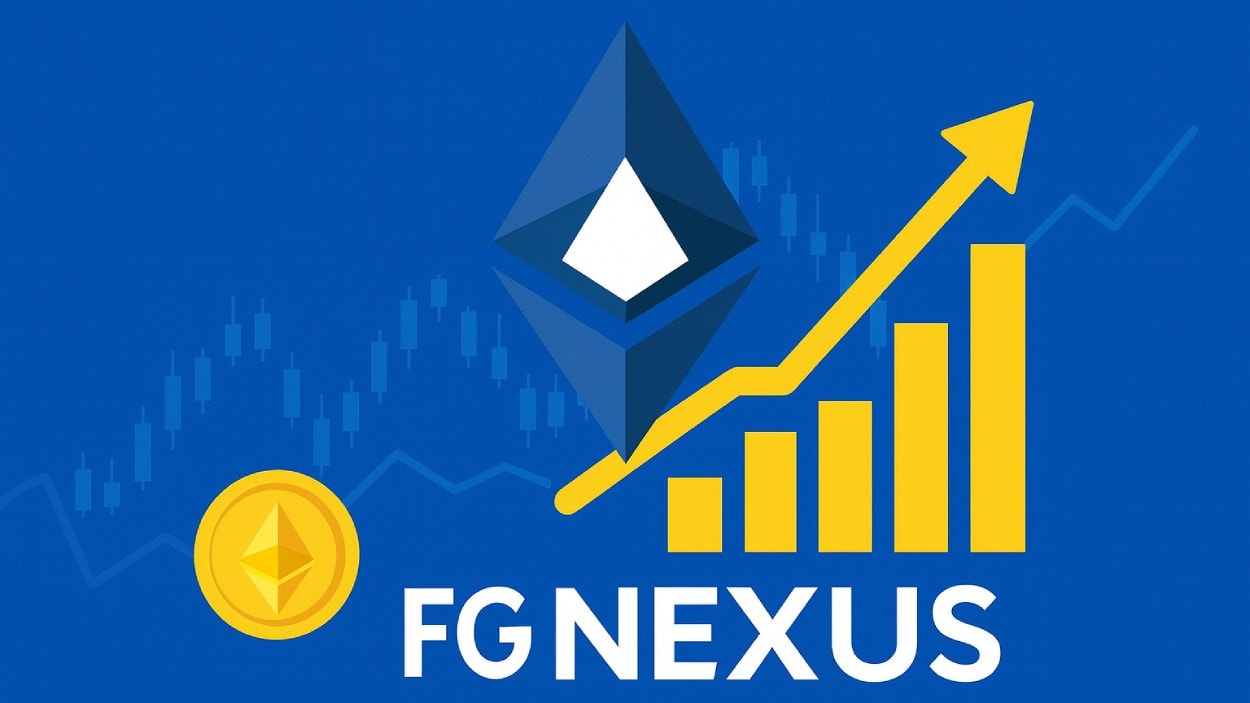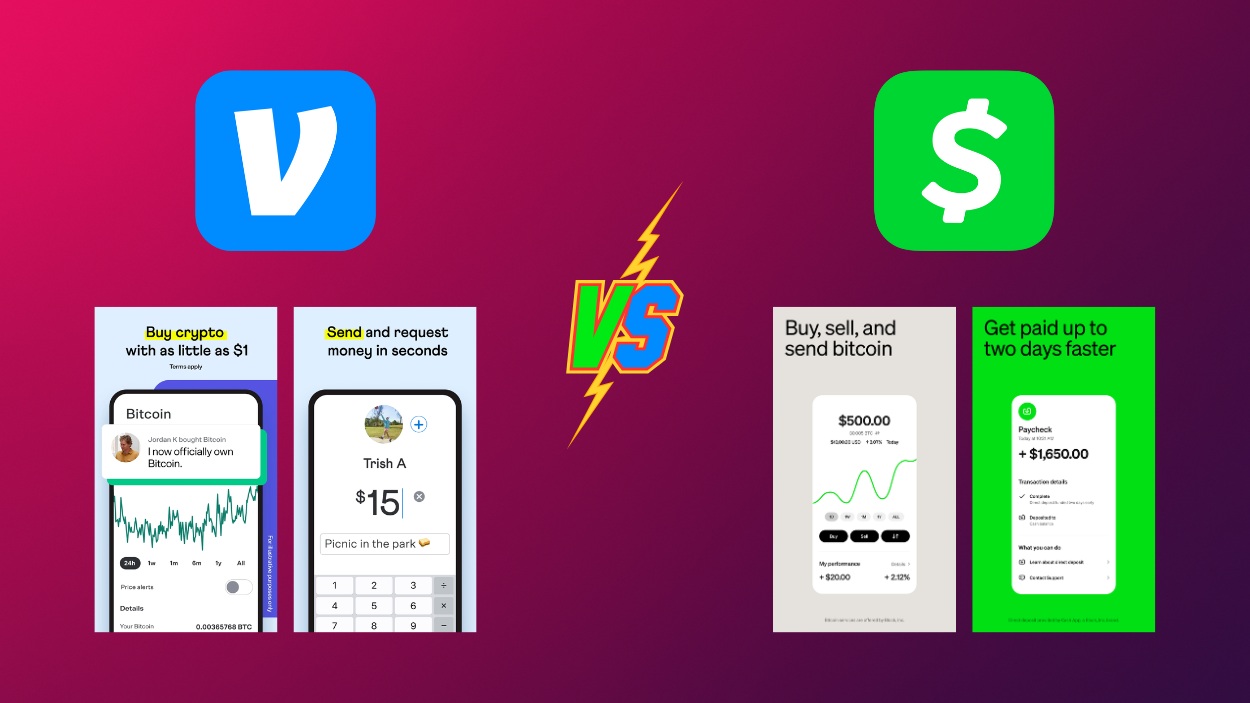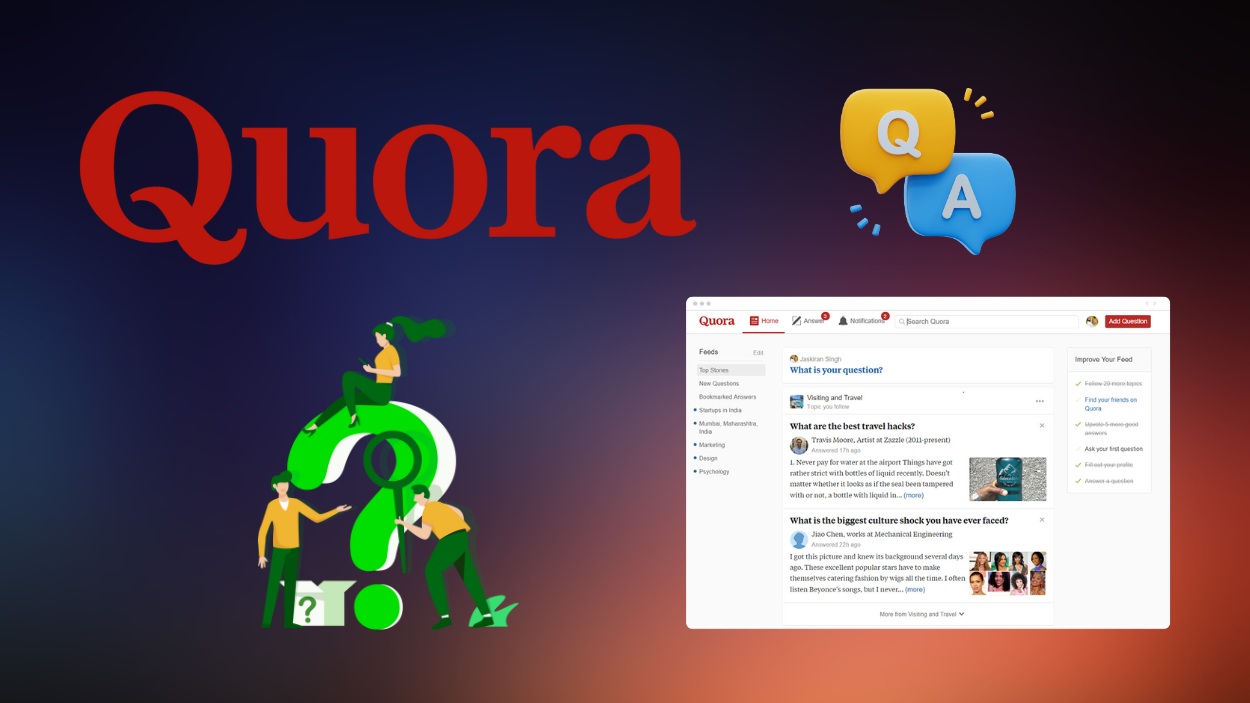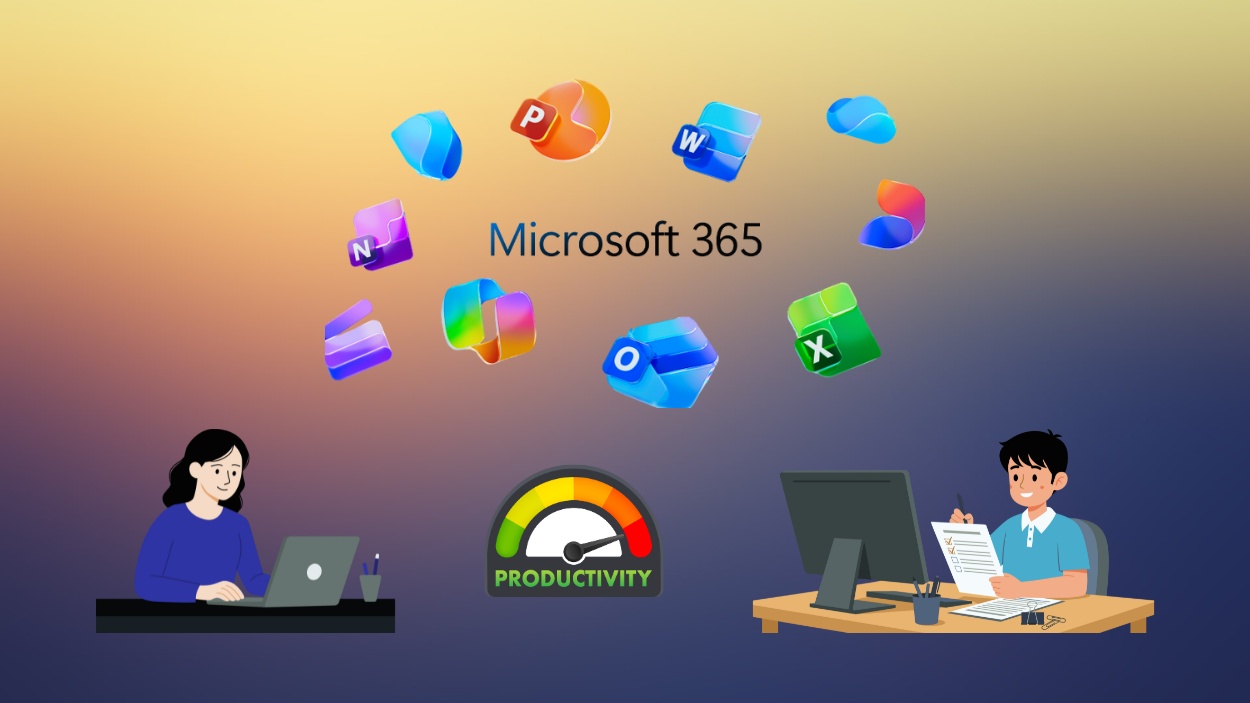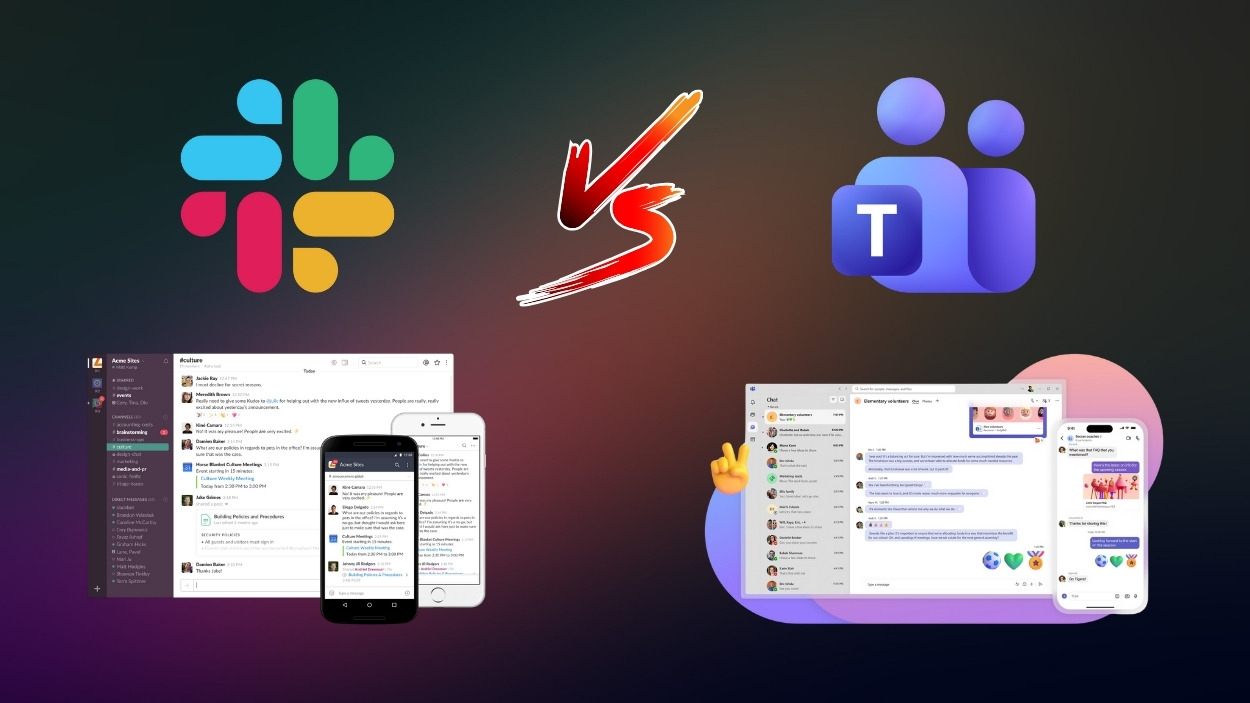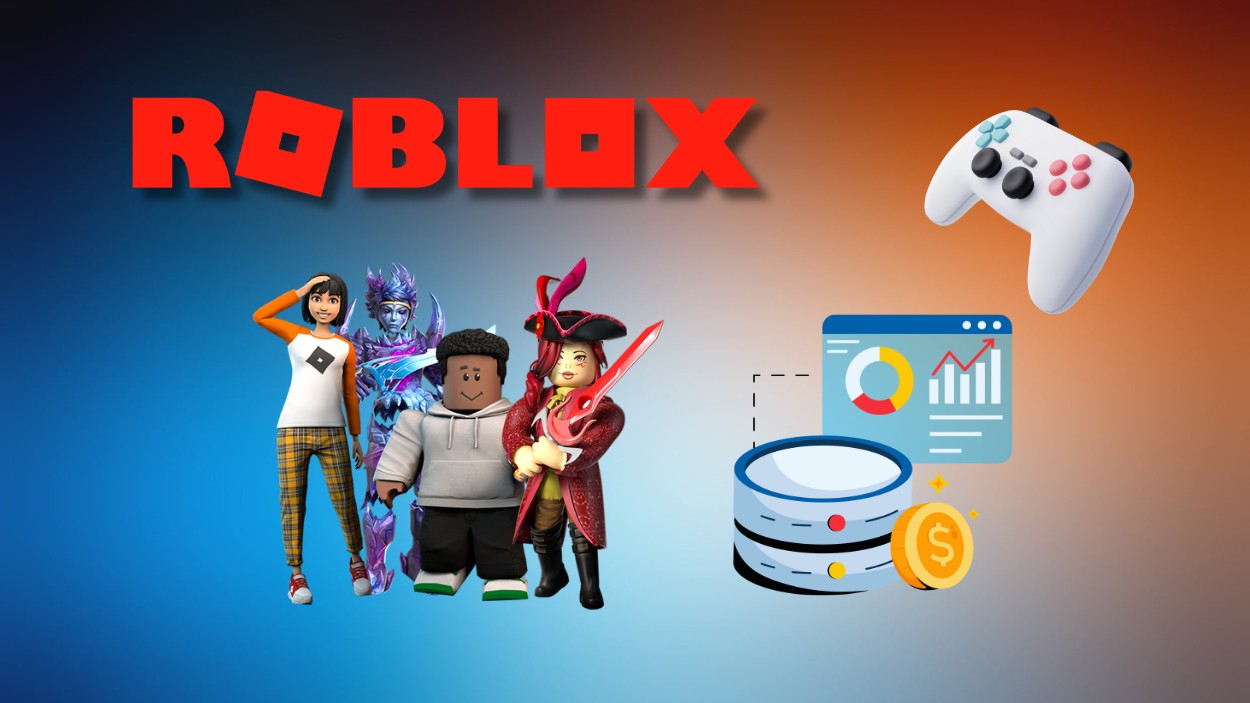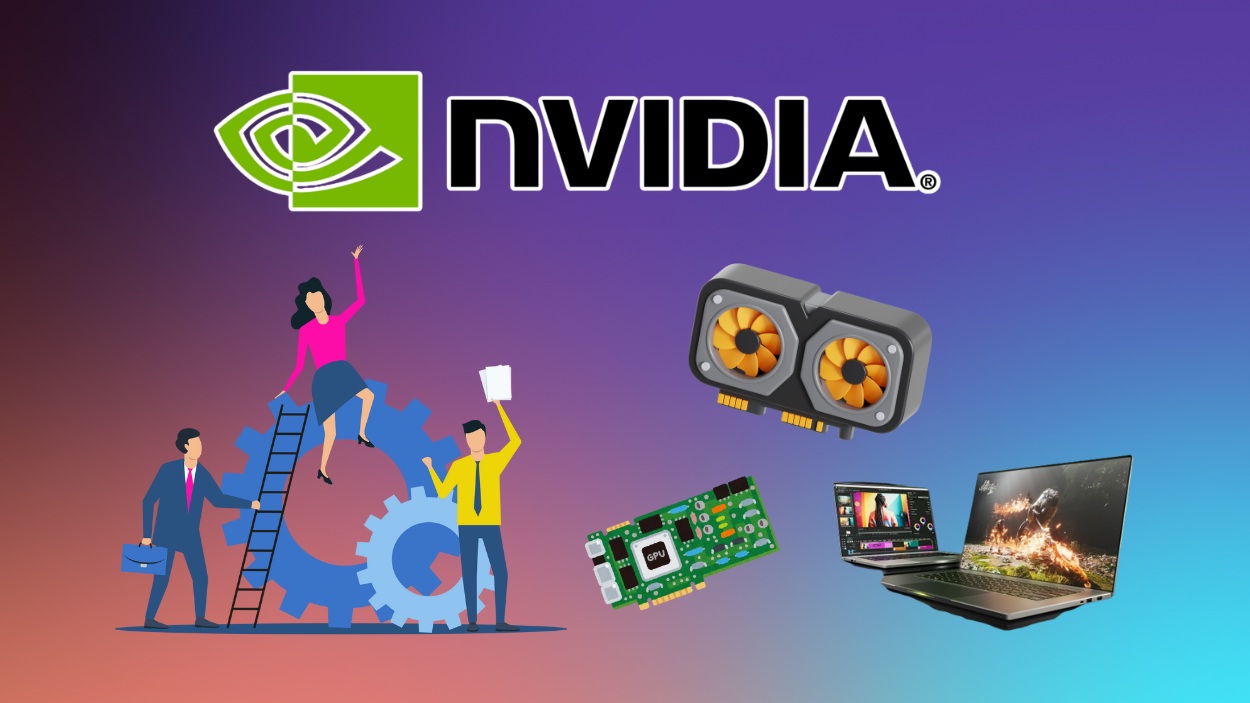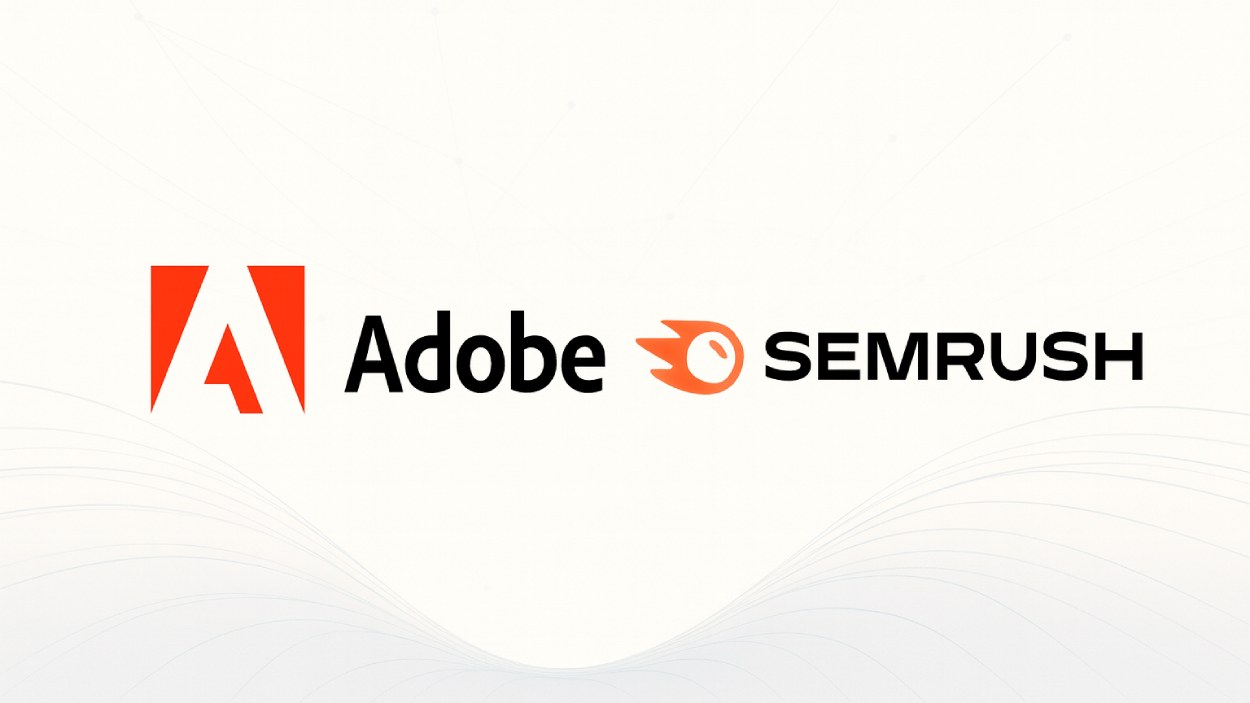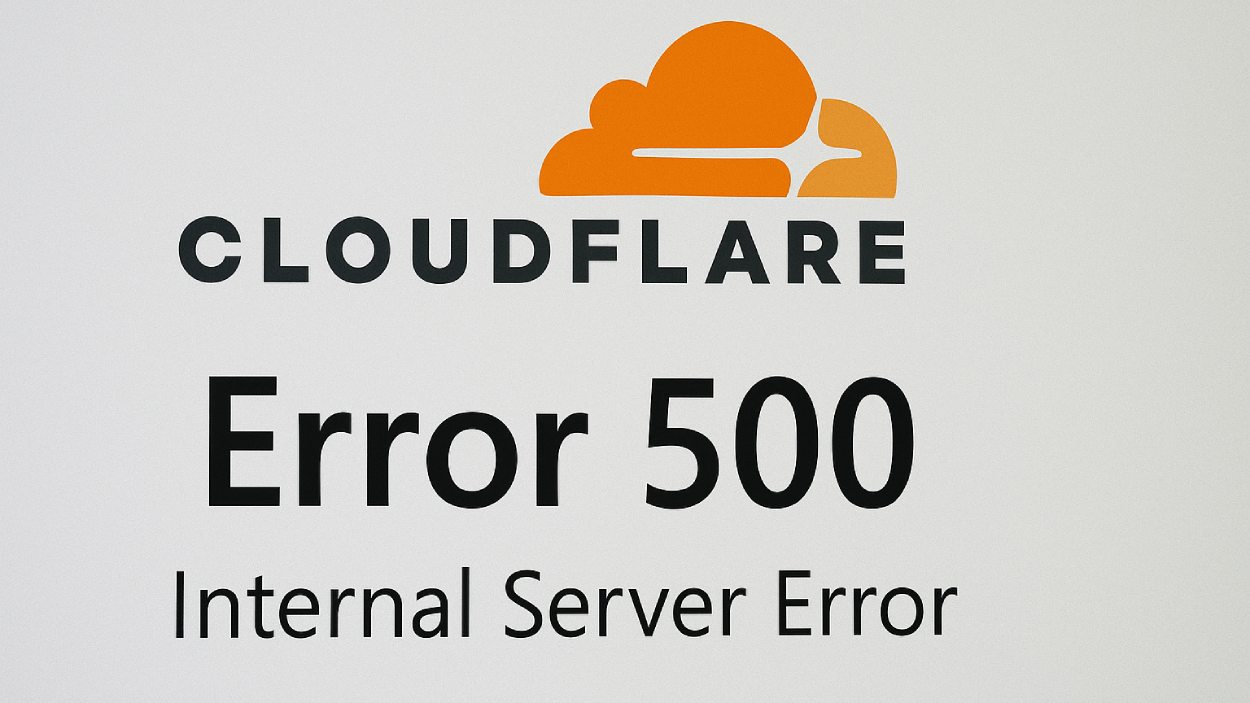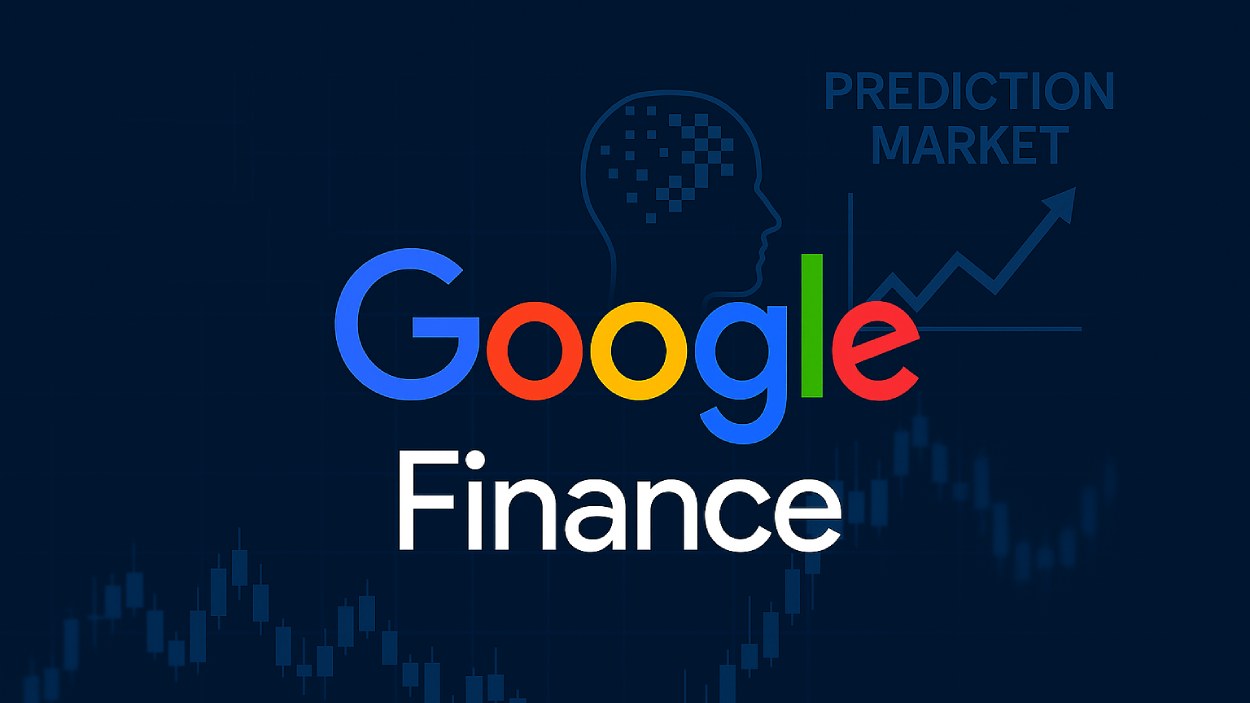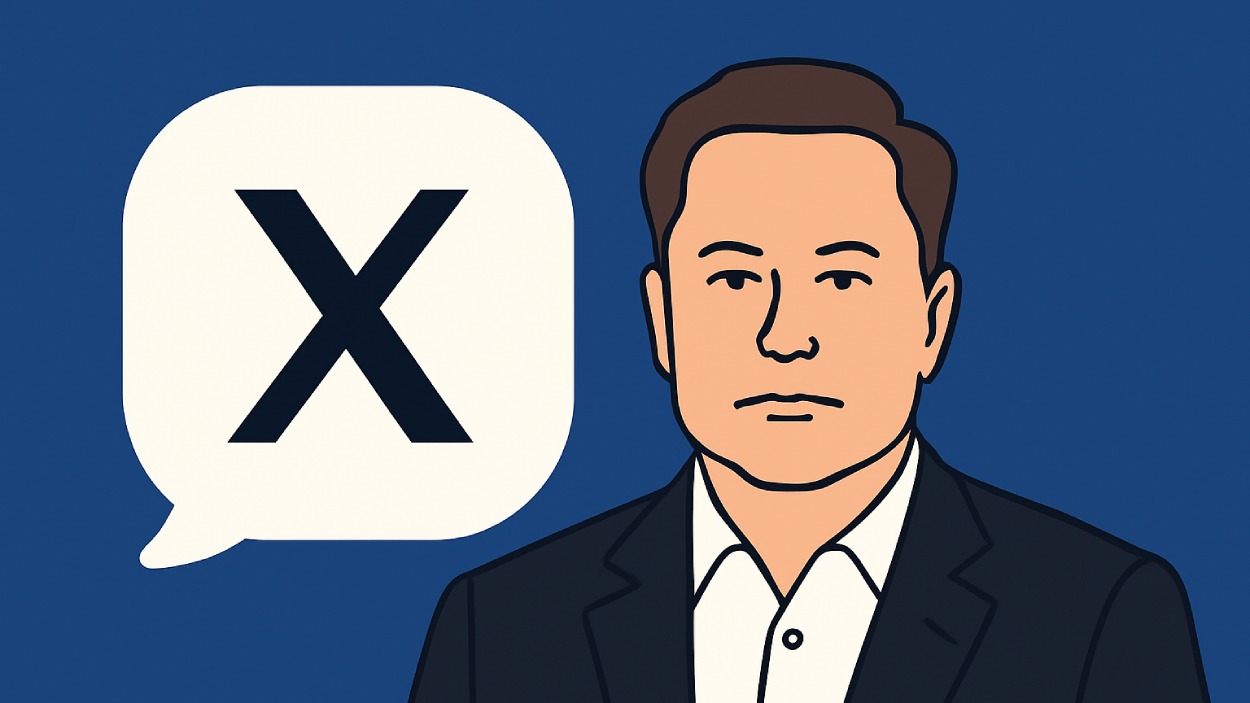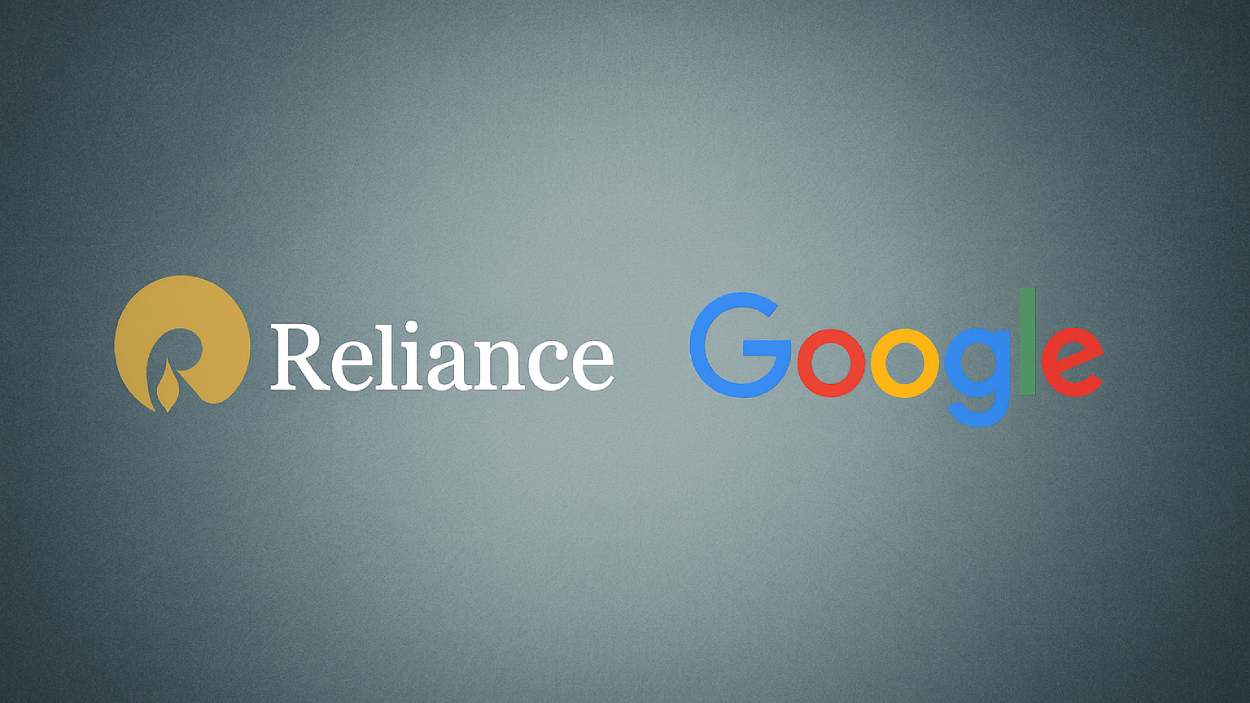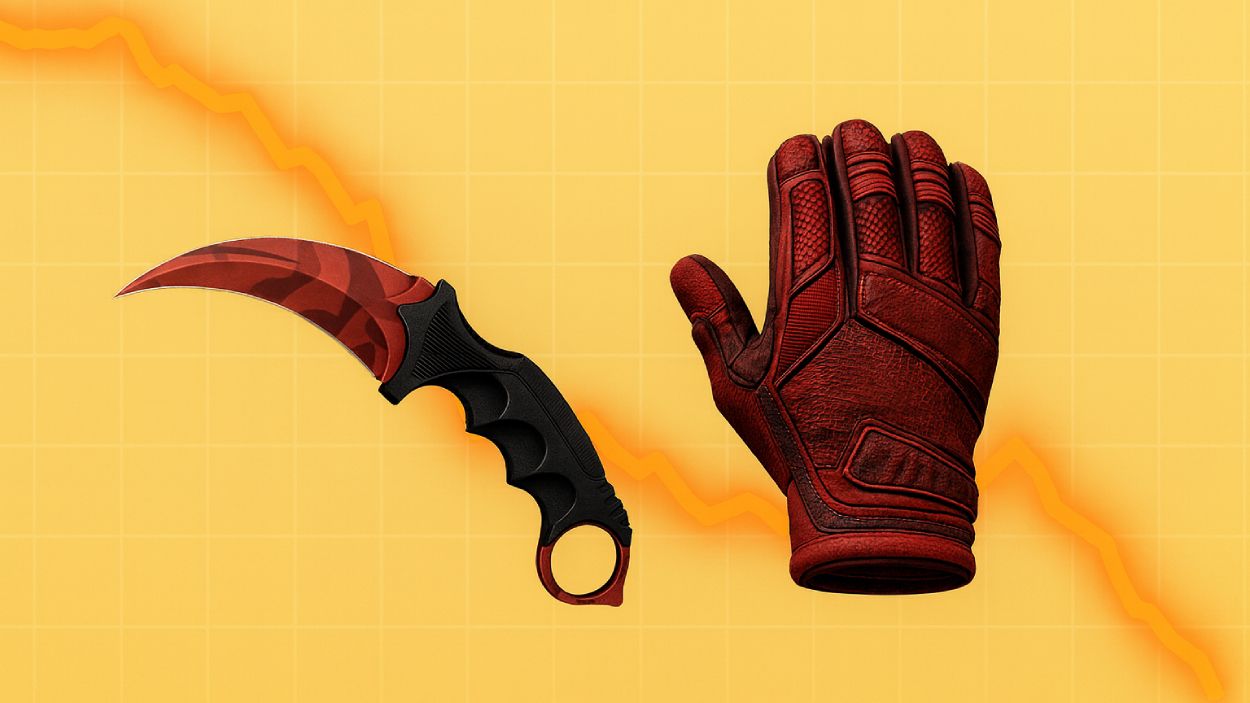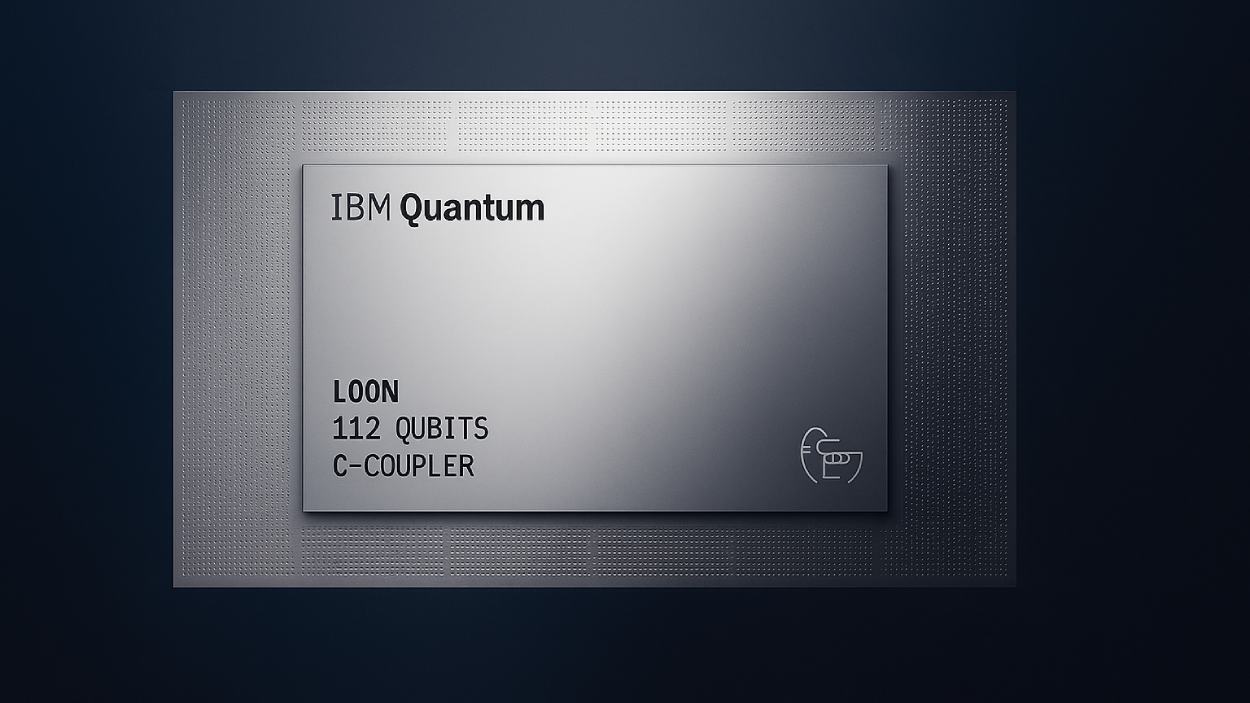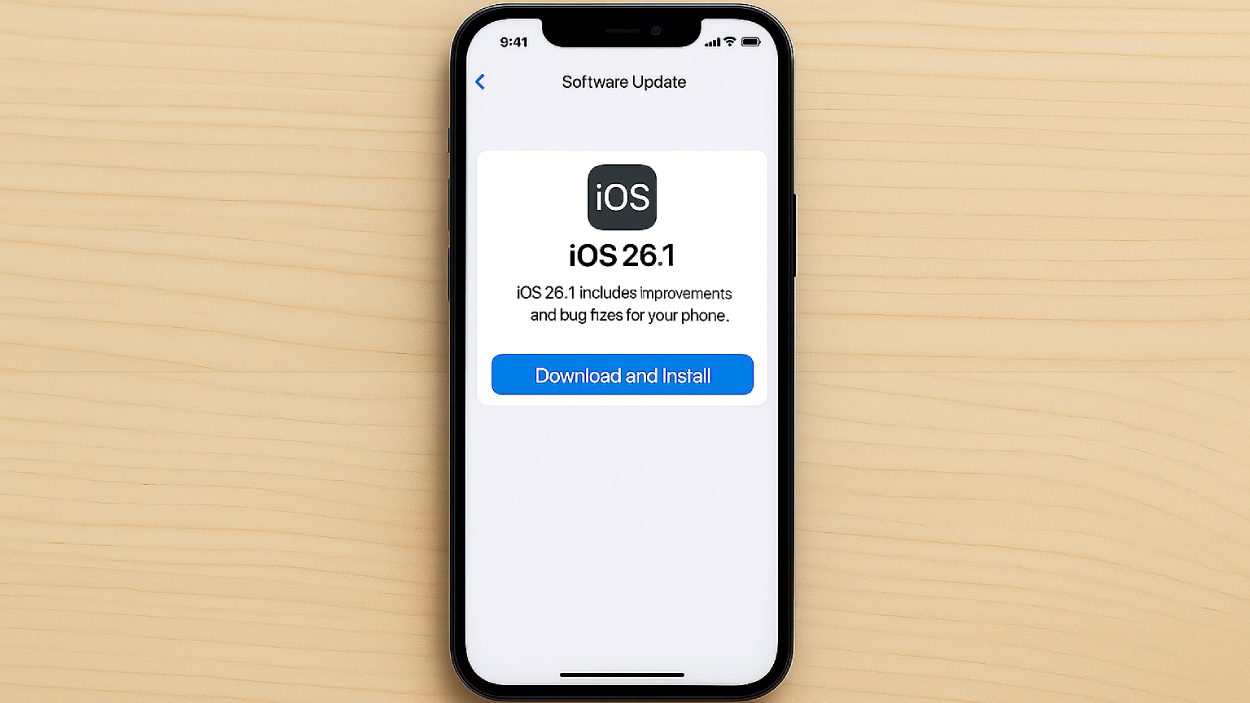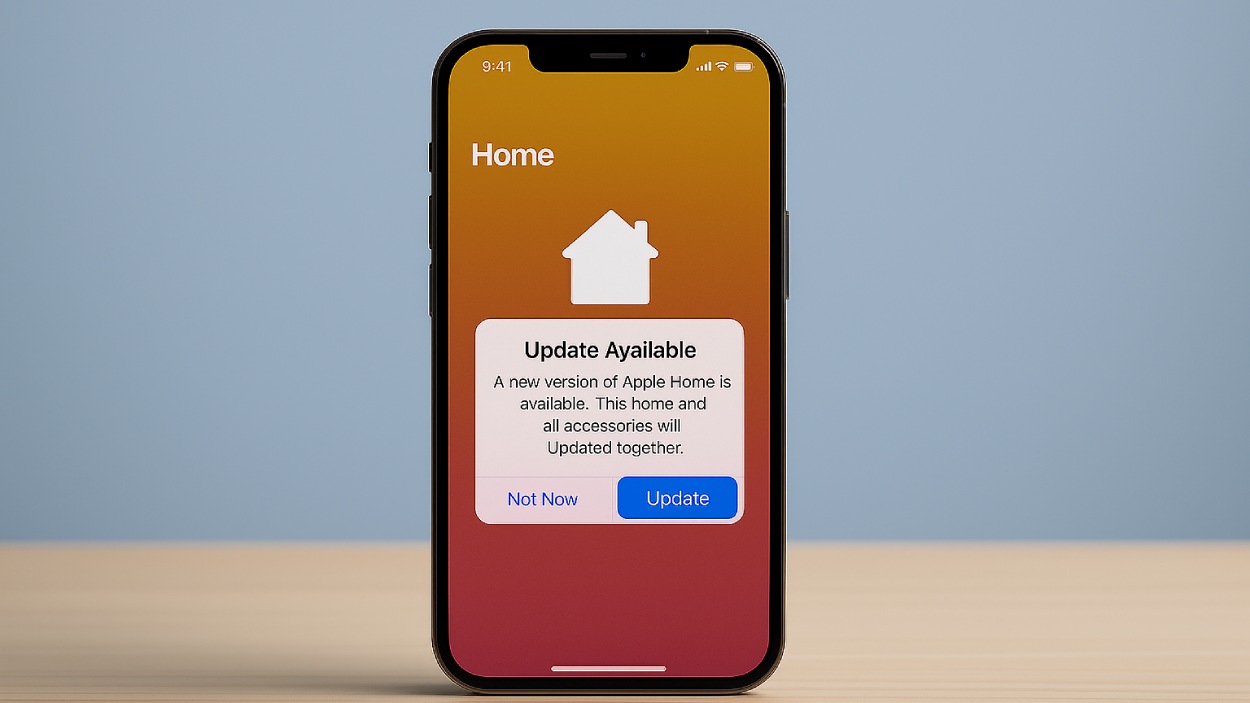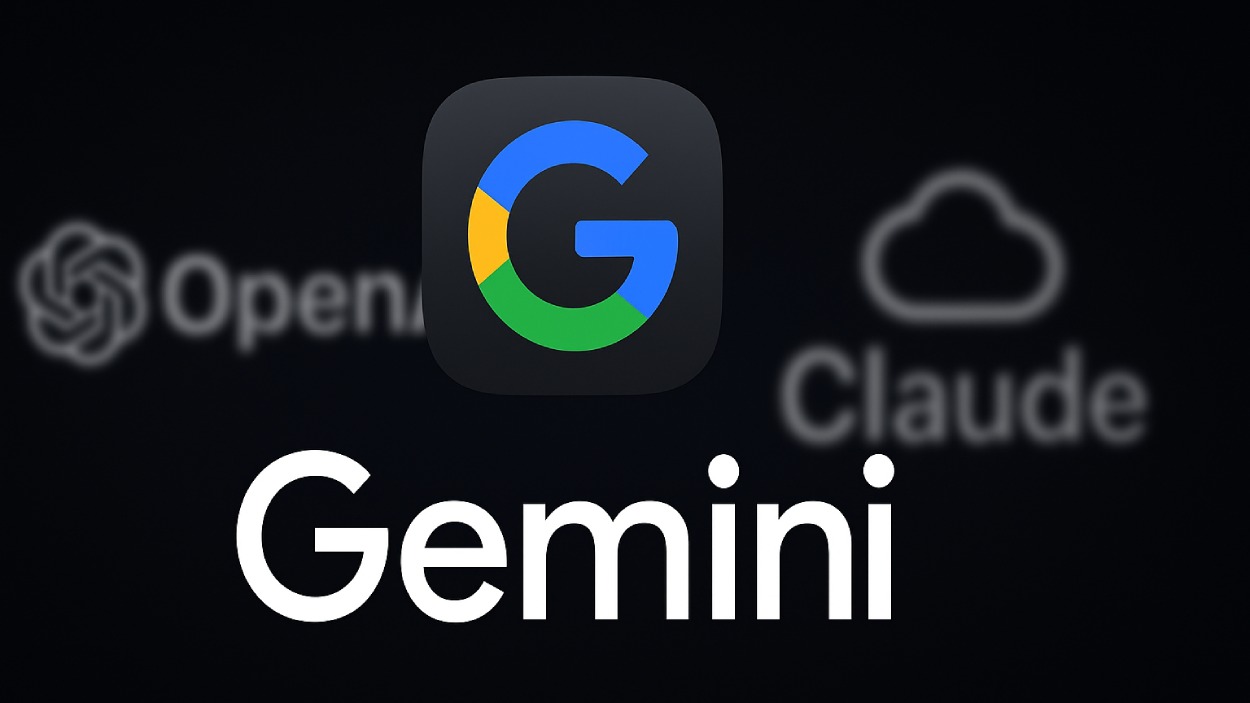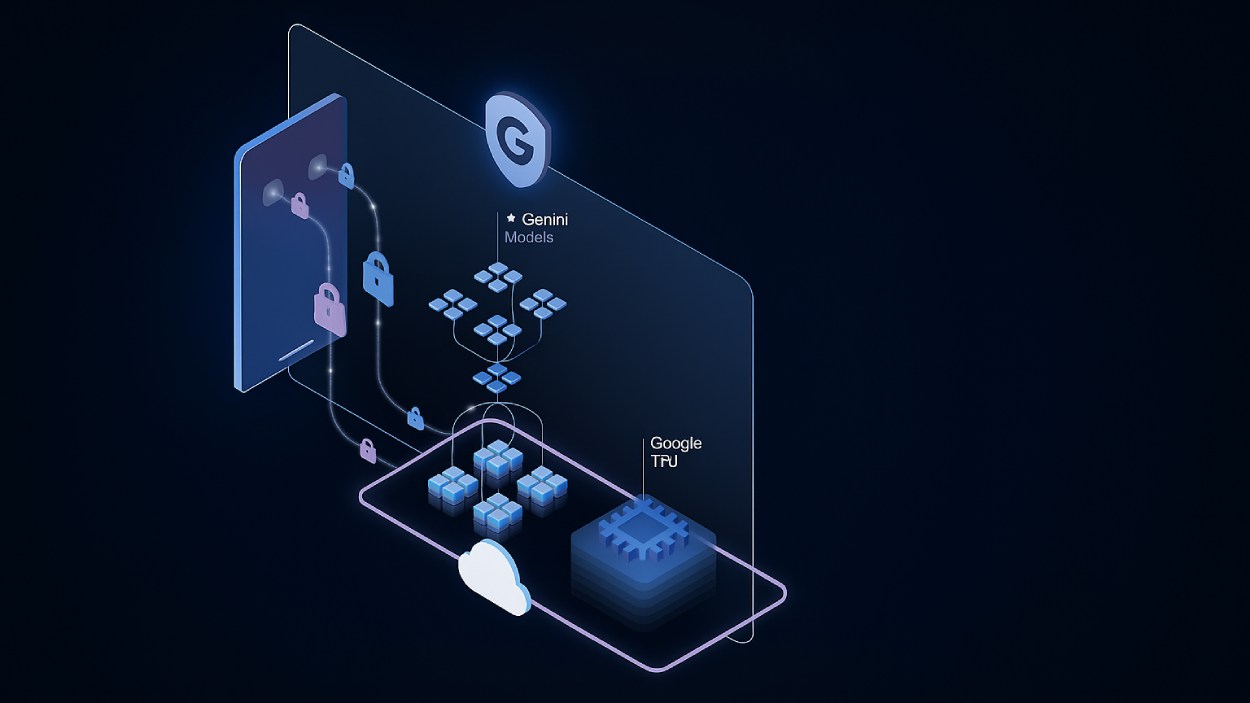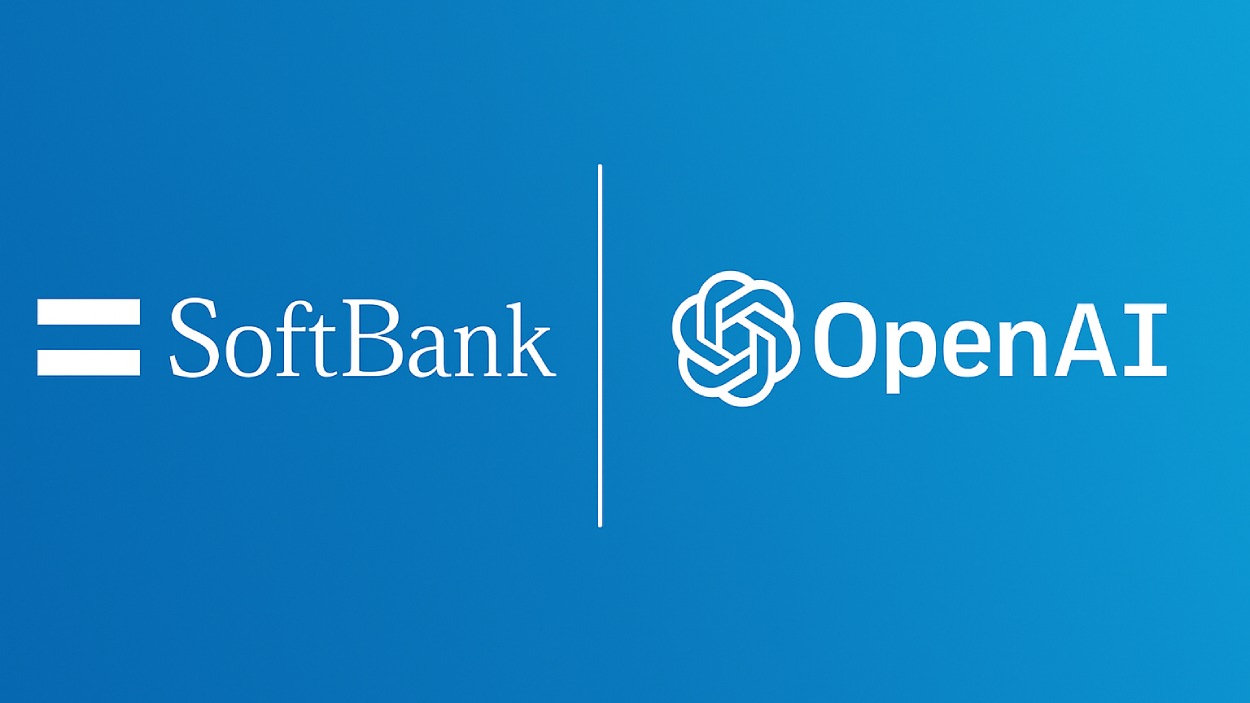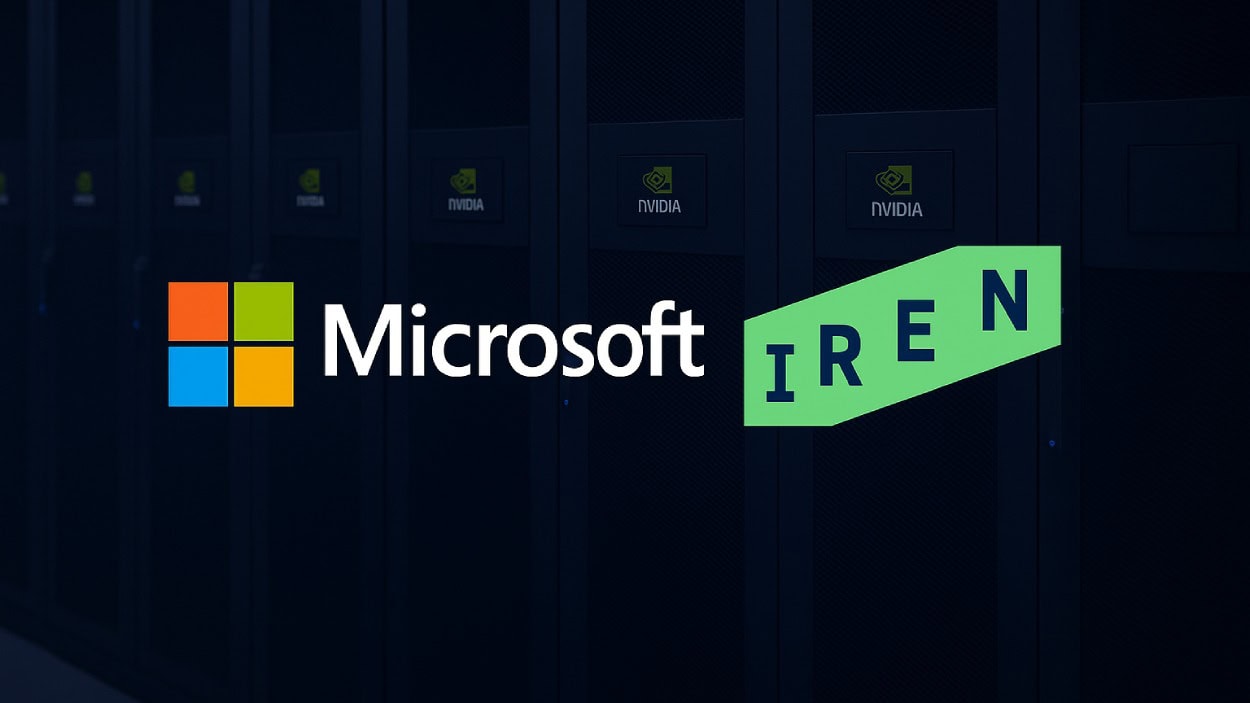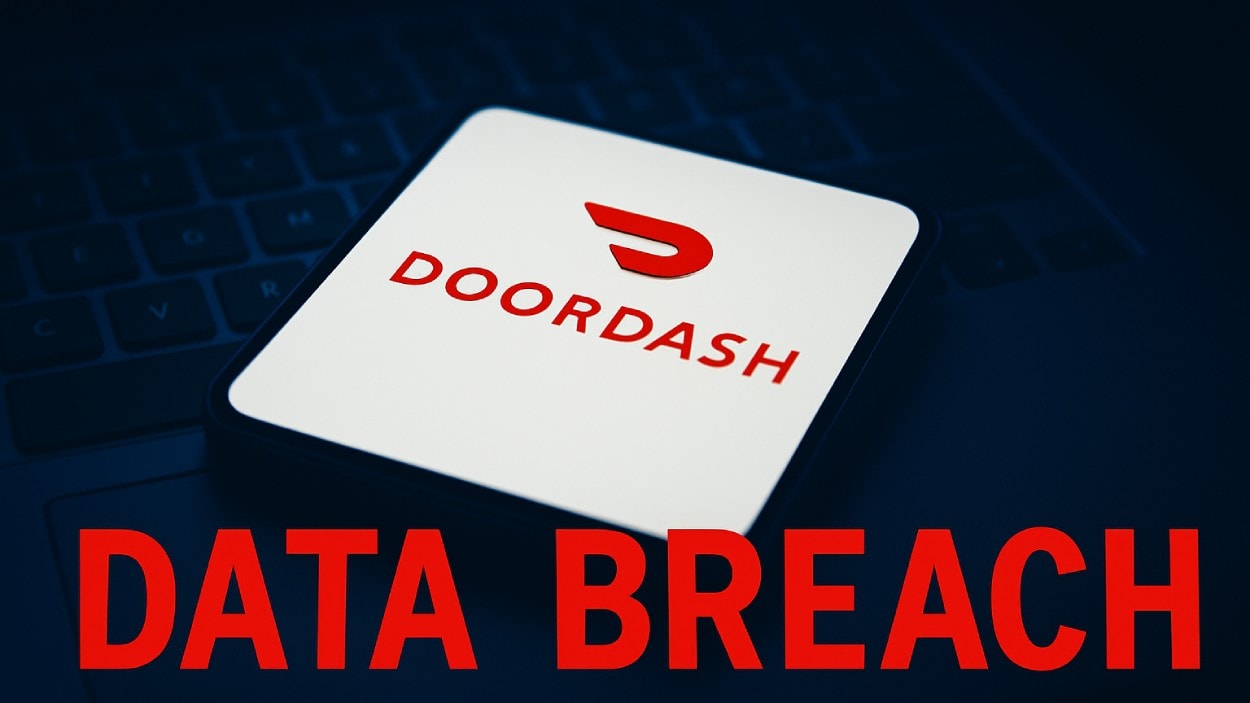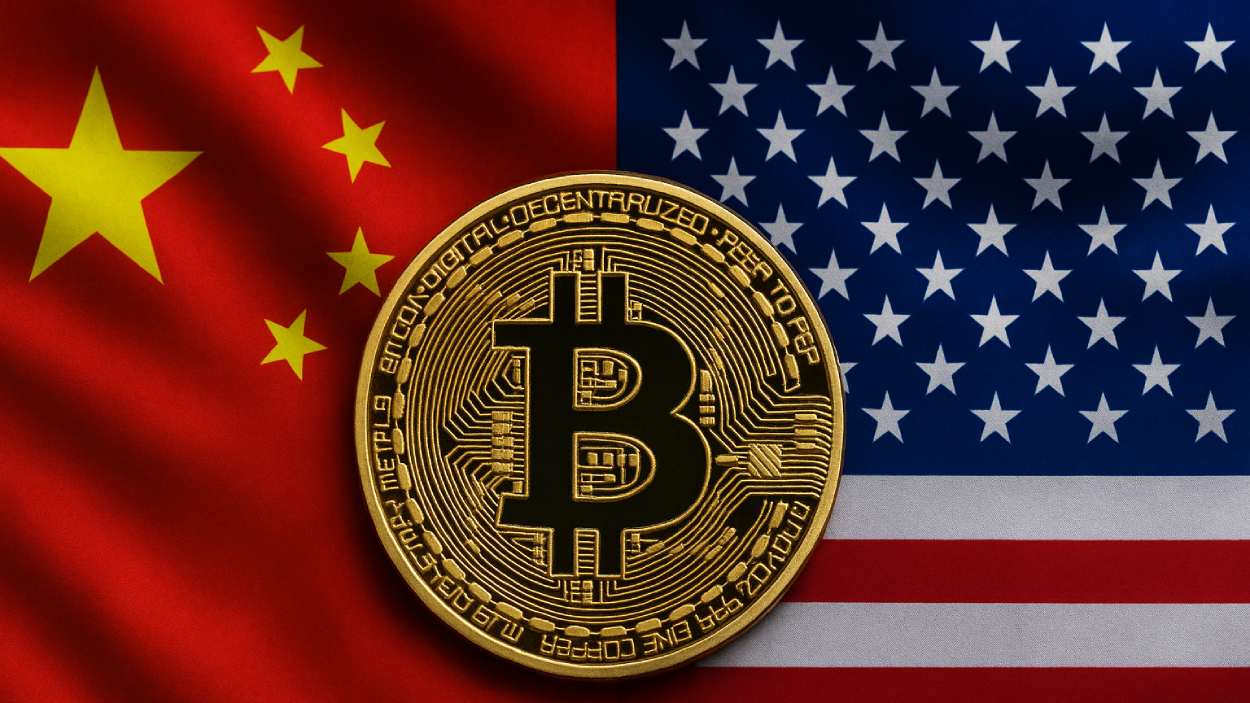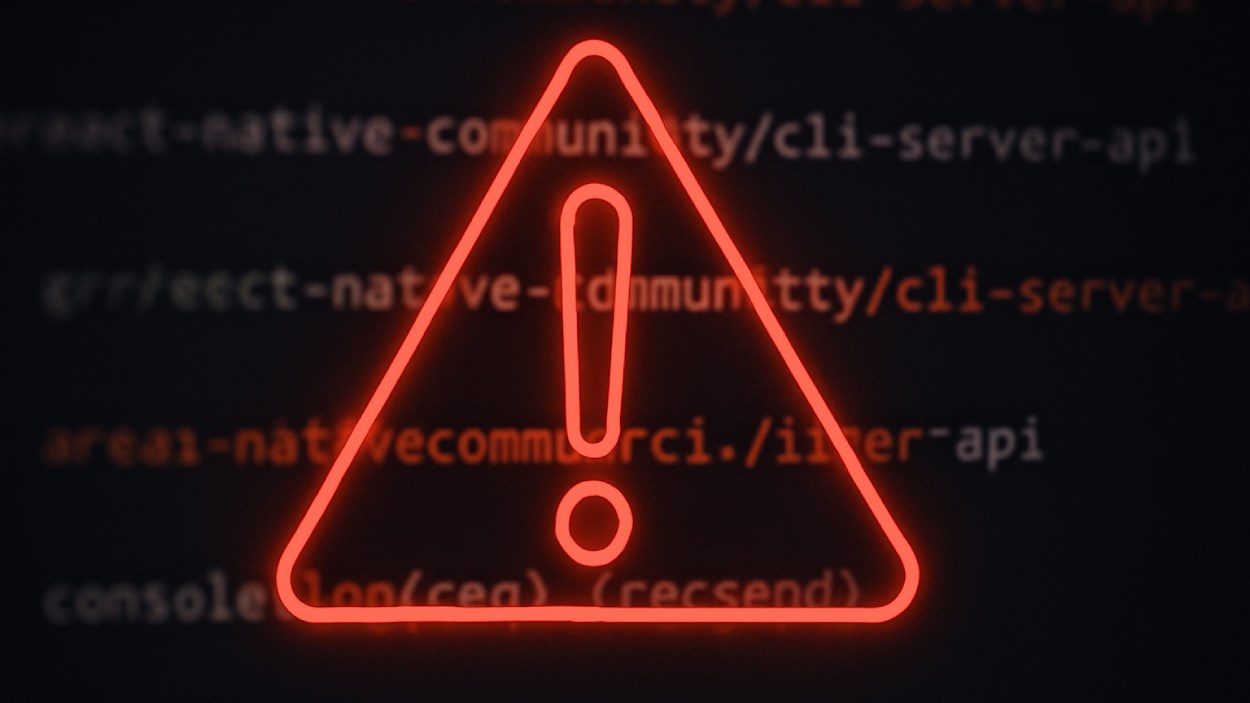FG Nexus Inc. revealed a sweeping business shift that includes selling part of its Ethereum treasury and launching a $200 million share buyback program.
Quick Summary – TLDR:
- The company completed a $200 million capital raise, announced a $200 million share buyback, and pivoted toward a digital asset treasury and real-world asset (RWA) tokenization platform.
- To fund the buyback, FG Nexus sold 10,922 ETH and borrowed $10 million, reducing its ETH holdings from 50,778 to 40,005.
- As of November 19, the company holds $37 million in cash and USDC, with $11.9 million in total debt and a net asset value (NAV) per share of $3.94.
What Happened?
In its Q3 2025 update, FG Nexus announced a major transformation. The company is shifting from its legacy business model to become a digital asset-focused firm, centered on Ethereum-based treasury management and tokenization of real-world assets. This includes a multi-pronged strategy of raising capital, reducing ETH holdings to fund share repurchases, and aligning its operations with blockchain-based finance.
$FGNX today announced its Third Quarter Highlights and provided an update on its share buyback program – “Since commencing the buyback, we have repurchased 8% of our shares outstanding at a substantial discount to our net asset value while maintaining a strong $ETH and cash… pic.twitter.com/FNiGN3JdS4
— FG Nexus ($FGNX) (@FGNexusio) November 20, 2025
Strategic Shift and Capital Moves
FG Nexus executed several bold moves during the third quarter. The company raised $200 million to support its new vision and partnered with Securitize to tokenize its FGNX and FGNXP shares. It also streamlined its operations by transferring legacy businesses to a CVR Trust and announced plans to sell its remaining reinsurance business and Quebec real estate portfolio.
These steps reflect the company’s aim to become a major player in the blockchain-powered finance ecosystem, leveraging tokenized RWAs and stablecoin-based yield products.
Balance Sheet Updates and Buyback Strategy
As of September 30, FG Nexus reported:
- 50,778 ETH
- $7.5 million in cash
- $1.9 million in total debt
- $231 million in shareholders’ equity
- $5.80 book value per common share
To kickstart the buyback, the company sold 10,922 ETH and borrowed $10 million on October 23. These funds were used to repurchase 3.4 million common shares at an average price of $3.45, representing about 8 percent of total shares outstanding.
As of November 19:
- ETH holdings stand at 40,005 ETH
- Combined cash and USDC holdings total $37 million
- Debt increased to $11.9 million
- Net asset value per share is approximately $3.94
- Common shares outstanding: 40.1 million, including 1.3 million unconverted prefunded warrants
Why This Matters?
The strategy aims to boost per-share valuation by reducing the number of outstanding shares while the stock trades below NAV. CEO Kyle Cerminara emphasized:
The firm is also realigning its balance sheet, shifting from heavy ETH holdings toward more liquid assets and reducing reliance on traditional business units. This positions FG Nexus to play a key role in the future of tokenized finance, while leveraging staking and other yield strategies.
Risks and Considerations
While the pivot shows promise, it does come with risks:
- Selling ETH introduces exposure to potential crypto market rebounds.
- Debt load increased significantly, from $1.9 million to $11.9 million.
- NAV per share declined from $5.80 to $3.94 after asset sales and share repurchases.
- The success of the tokenization platform and new yield strategies will be critical.
SQ Magazine Takeaway
I think FG Nexus is making a high-conviction bet on the future of digital finance. Selling a chunk of Ethereum and diving into buybacks is bold, especially with rising debt, but the idea is clear: reduce supply and boost per-share value while betting on the long-term upside of real-world asset tokenization. As someone watching the shift in financial infrastructure, this move makes FG Nexus a name worth tracking. If they execute this pivot properly, the rewards could be big. If not, they’re carrying more risk than before.

